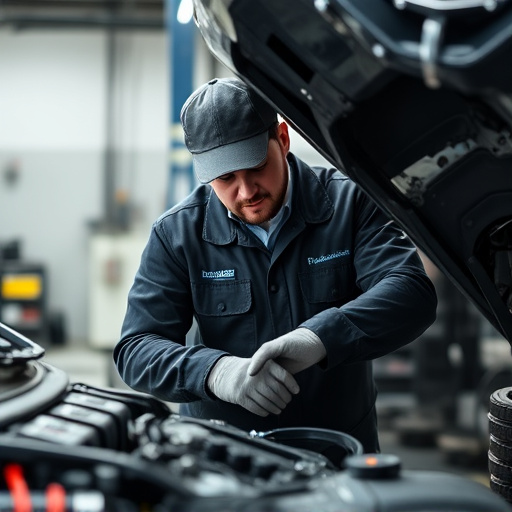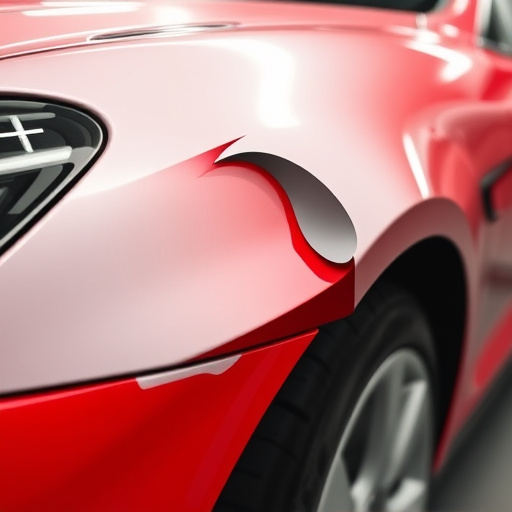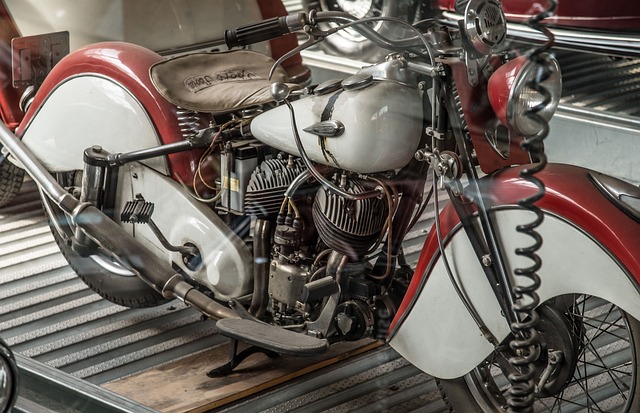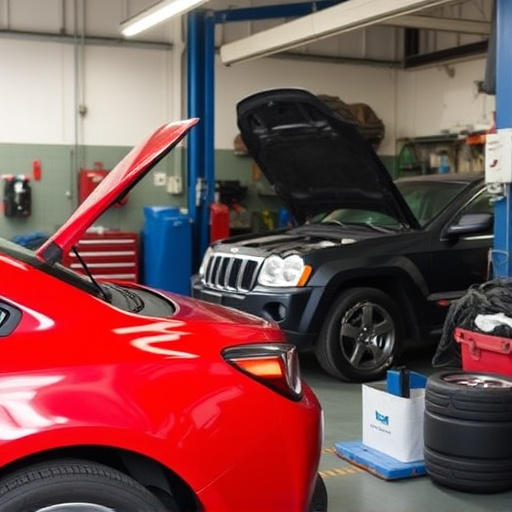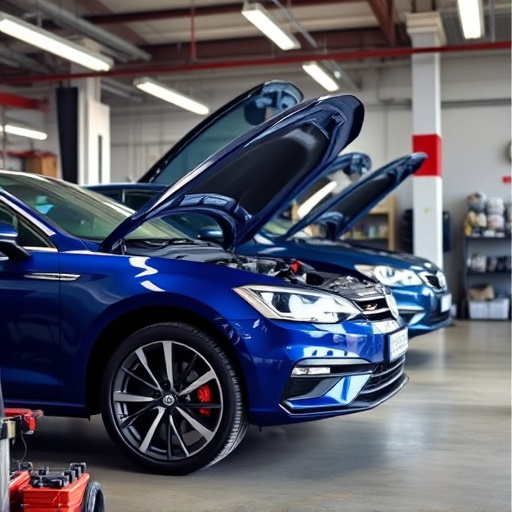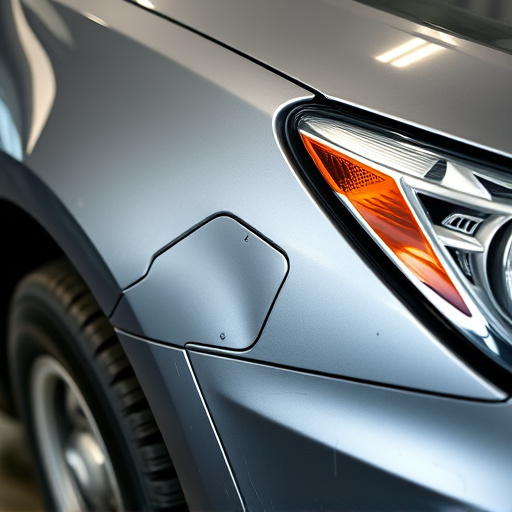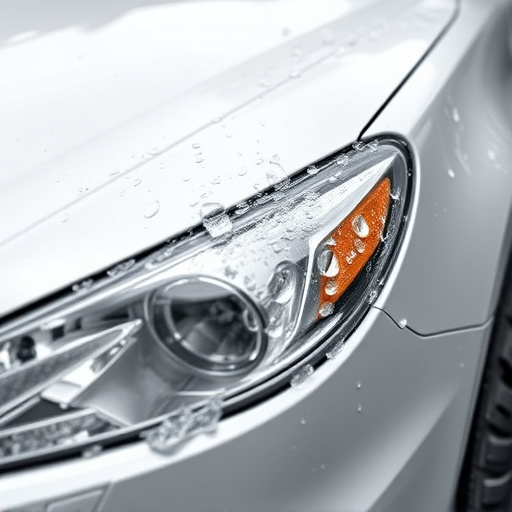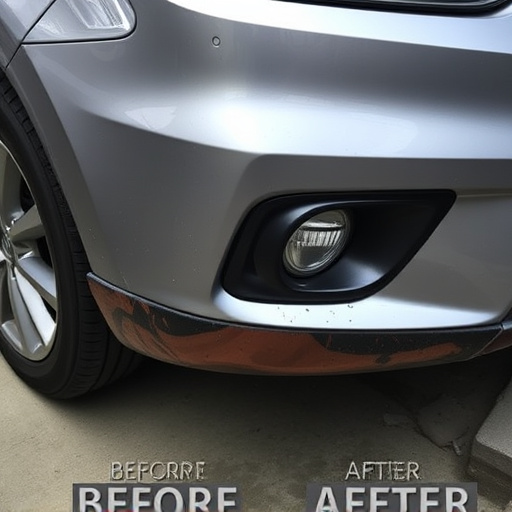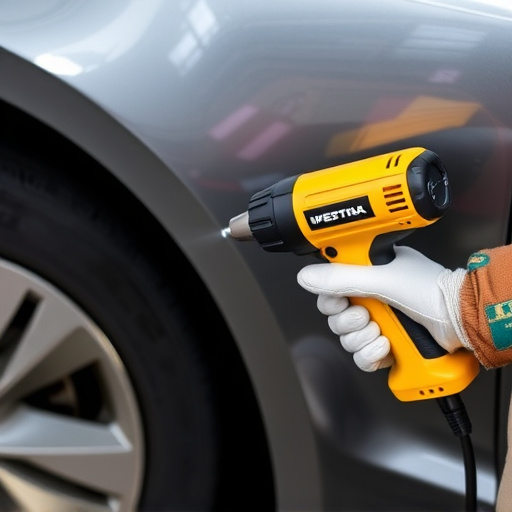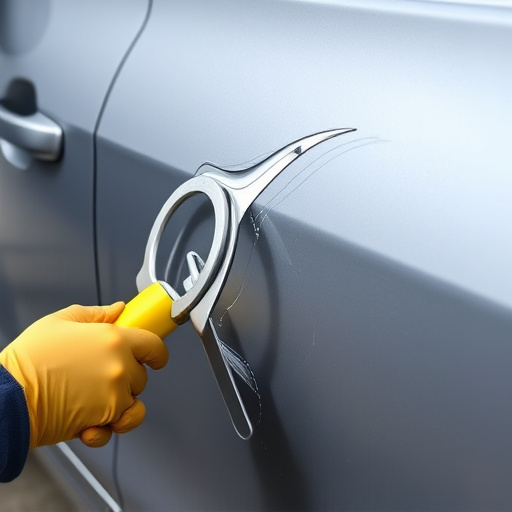C-pillar repair addresses prevalent automotive concerns caused by collisions, defects, and weather. Effective management involves inspections, correcting manufacturing flaws, and using high-quality materials. Essential tools, advanced technology, and integrated collision/frame straightening techniques optimize workflows, ensure structural integrity, and meet customer demands in a competitive market.
“Efficient C-pillar repair is vital for maintaining structural integrity and workflow smoothness in any construction project. This comprehensive guide delves into the intricacies of C-pillar damage, exposing common causes behind its occurrence. We equip you with an arsenal of essential tools and materials to tackle repairs effectively. Furthermore, our expert tips on streamlined workflow management ensure your team maximizes productivity while minimizing errors, making every C-pillar repair a success story.”
- Understanding C-Pillar Damage: Common Causes Unveiled
- Essential Tools and Materials for Effective Repairs
- Streamlining the Process: Tips for Efficient Workflow Management
Understanding C-Pillar Damage: Common Causes Unveiled
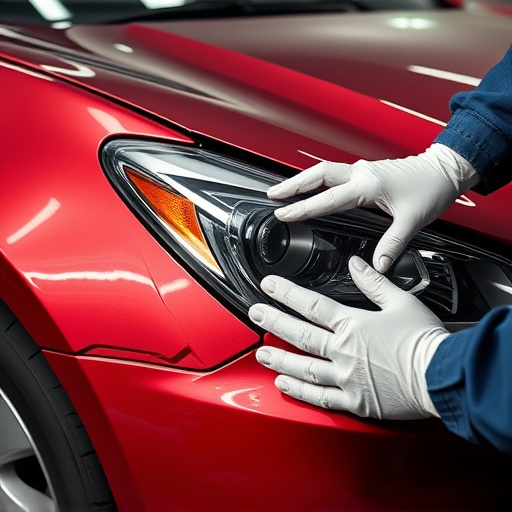
C-Pillar damage is a common issue in vehicle repairs, particularly in automotive collisions and accidents. Understanding the causes behind this type of damage is key to efficient workflow management during C-pillar repair processes. Often, C-pillars sustain impact from rear-end collisions or side-impact crashes, leading to dents, creases, or even complete deformation. These incidents can result from driver negligence, road debris, or other unforeseen circumstances.
Another significant cause of C-Pillar damage is subpar initial manufacturing quality or poor paintless dent repair techniques during previous service intervals. Over time, exposure to harsh weather conditions, such as extreme temperatures and UV radiation, can also weaken the structure, making it more susceptible to damage. Efficient workflow management in C-pillar repair involves addressing these root causes, ensuring that each vehicle undergoes thorough inspections and receives appropriate treatment to restore structural integrity and aesthetic appeal, ultimately enhancing the overall quality of automotive collision repair services.
Essential Tools and Materials for Effective Repairs
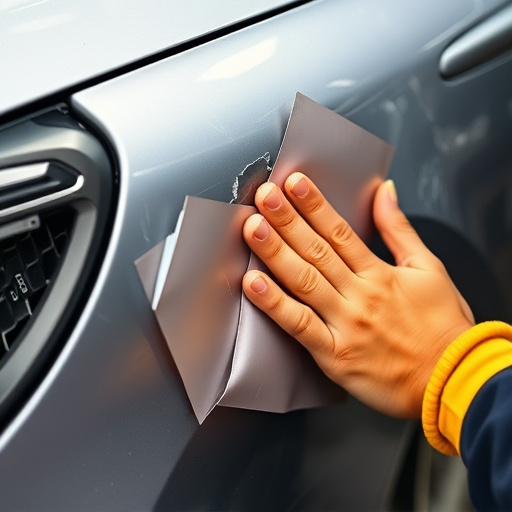
Efficient C-pillar repairs require a well-equipped toolkit and high-quality materials. For any auto body repair, having the right tools is crucial for achieving precise results that match the vehicle’s original condition. Essential tools include specialized welders, grinders, and precision cutting equipment. These enable mechanics to accurately assess and fix damage without causing further complications.
When it comes to materials, top-notch replacement parts are key. This includes C-pillar components specifically designed for your vehicle model, ensuring a seamless fit and enhancing the overall structural integrity of the auto body repair services. Additionally, consider using protective coatings and sealants during the repair process, which not only safeguard against future damage but also contribute to the longevity of the vehicle dent repair.
Streamlining the Process: Tips for Efficient Workflow Management
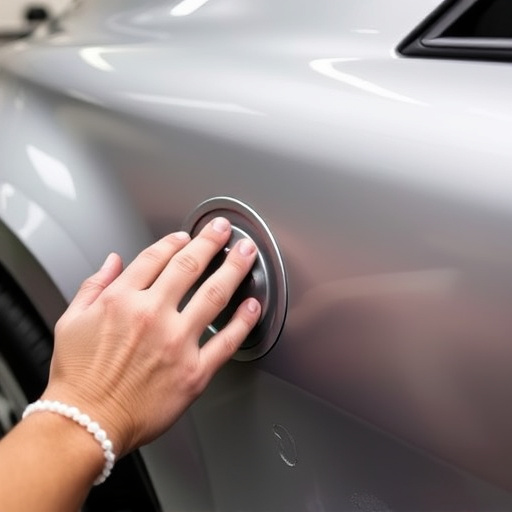
In the realm of automotive maintenance, efficient workflow management during C-pillar repair is paramount to ensuring swift and accurate outcomes. Streamlining this process involves adopting best practices that minimize downtime and maximize productivity. For instance, utilizing advanced technology such as robotic welding and computer-aided design (CAD) software can significantly enhance precision and speed. These tools enable technicians to pre-plan repairs, effectively reducing the time spent on site and increasing overall efficiency.
Moreover, integrating collision repair services with frame straightening techniques can create a seamless workflow. Auto glass repair, another critical aspect, benefits from specialized equipment designed for rapid, precise replacement. By combining these practices, auto shops can optimize their operations, cater to growing customer demands, and ultimately provide high-quality C-pillar repair services in today’s competitive market.
C-pillar repairs are a critical aspect of maintaining vehicle safety and performance. By understanding common damage causes, investing in the right tools, and implementing efficient workflow management techniques, auto technicians can ensure swift and effective C-pillar repairs. These strategies not only enhance productivity but also contribute to high-quality outcomes, ultimately improving customer satisfaction.
